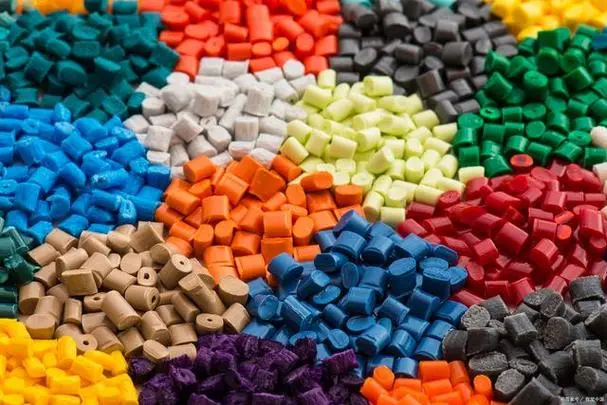Acetone is a colorless, volatile liquid that is widely used in industry and daily life. It is a kind of ketone body with the molecular formula C3H6O. Acetone is a flammable material with a boiling point of 56.11°C and a melting point of -94.99°C. It has a strong irritating smell and is highly volatile. It is soluble in water, ether, and alcohol, but not in water. It is a useful raw material in the chemical industry, which can be used to produce various compounds, and is also used as a solvent, cleaner, etc.
What are the ingredients of acetone? Although acetone is a pure chemical compound, its production process involves many reactions. Let’s take a look at the composition of acetone from its production process.
First of all, what are the methods to make acetone? There are many methods to produce acetone, among which the most common one is the catalytic oxidation of propylene. This process uses air as an oxidant, and uses a suitable catalyst to convert propylene into acetone and hydrogen peroxide. The reaction equation is as follows:
CH3CH=CH2 + 3/2O2 → CH3COCH3 + H2O2
The catalyst used in this reaction is usually an oxide of titanium dioxide supported on an inert carrier such as γ-Al2O3. This type of catalyst has good activity and selectivity for the conversion of propylene to acetone. In addition, some other methods include the production of acetone by dehydrogenation of isopropanol, the production of acetone by hydrolysis of acrolein, etc.
So what chemicals make acetone? In the production process of acetone, propylene is used as raw material, and air is used as oxidant. The catalyst used in this process is usually titanium dioxide supported on γ-Al2O3. In addition, in order to obtain high-purity acetone, after the reaction, separation and purification steps such as distillation and rectification are usually needed to remove other impurities in the reaction product.
In addition, in order to obtain high-purity acetone, separation and purification steps such as distillation and rectification are usually needed to remove other impurities in the reaction product. In addition, in order to protect the environment and human health, appropriate treatment measures should be taken in the production process to reduce pollution and emissions.
In short, the production process of acetone involves many reactions and steps, but the main raw material and oxidant are propylene and air respectively. In addition, titanium dioxide supported on γ-Al2O3 is usually used as catalyst to promote the reaction process. Finally, after separation and purification steps such as distillation and rectification, high-purity acetone can be obtained for use in various applications.
Post time: Dec-18-2023





